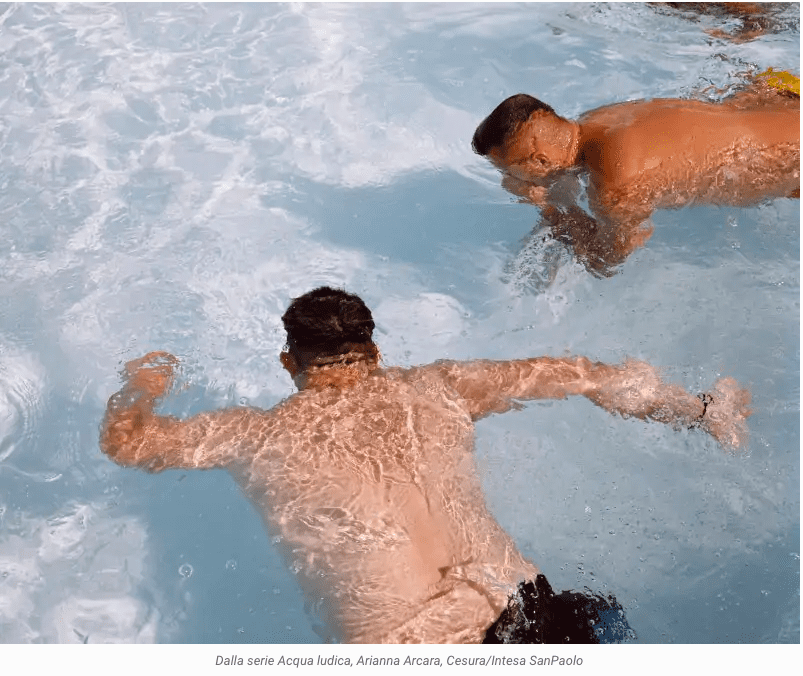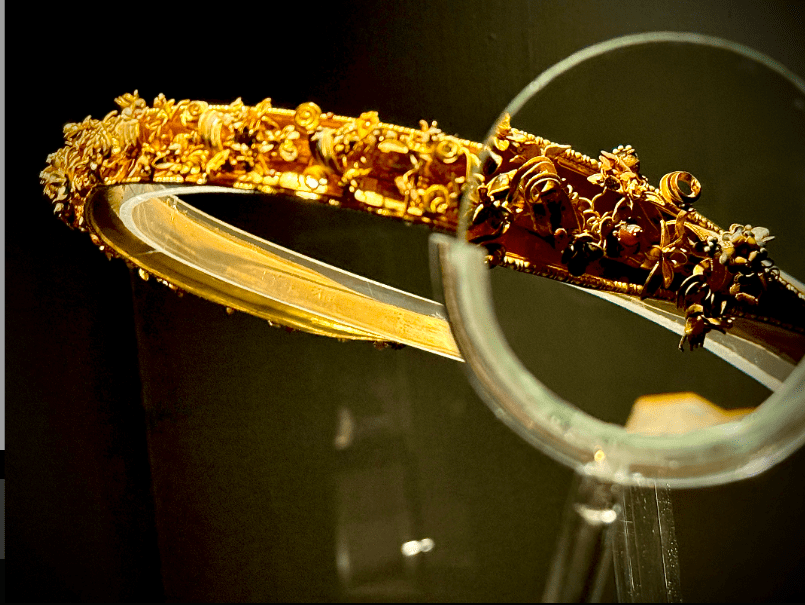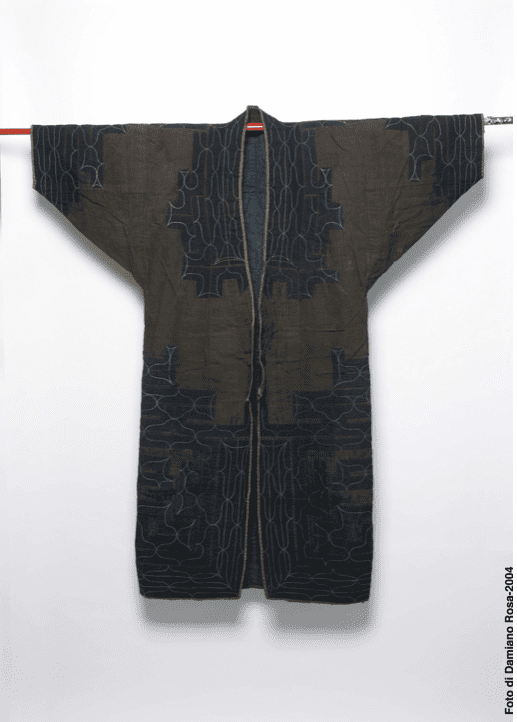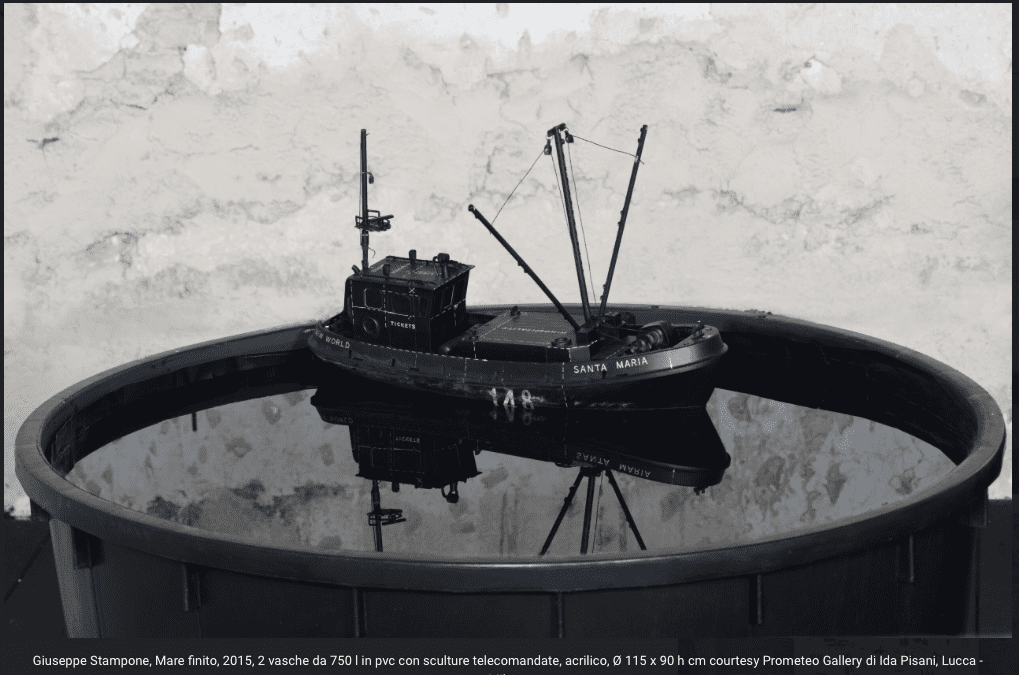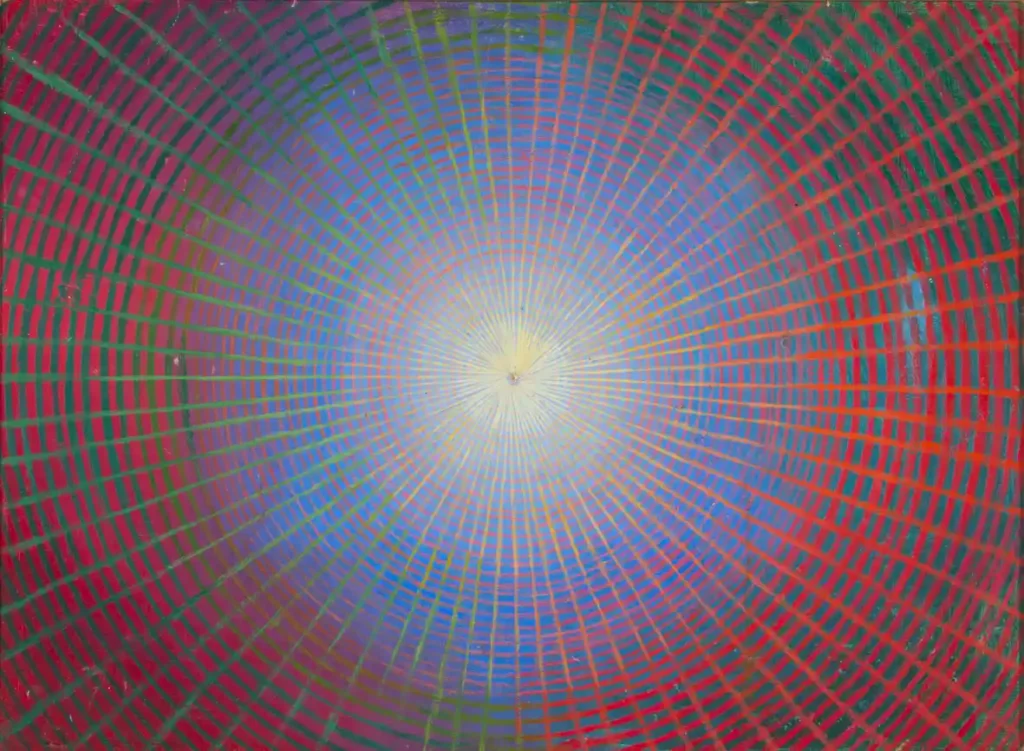
Mai 36 Gallery presents Funklöcher (Dead Spots) by Jürgen Drescher. This exhibition displays an installation of large objects, some of them cast in aluminum. As in his extensive solo show at the Kunstverein Karlsruhe in the spring of 2013, Drescher focuses on metaphors for the failure of communication. We are familiar with dead spots in communication in the countryside, in valleys and peripheral areas lacking the necessary technology.
The exhibited works are derived from objects found in a barn belonging to Drescher‘s sister in a village in Lower Bavaria. This lends them a sense of home, family and closeness: not only between people, but also a closeness to situations and objects and indeed the rural economy as a whole. The door, reproduced on the invitation, comes from the razed farmhouse of the neighboring Maier family and appears to be covered in verdigris. The pattern of rhombuses, reminiscent of pre-Christian symbols of salvation, references older civilizations that were more dependent on their environment and therefore less likely to engage in the ruthless exploitation of their natural resources.
In the same Bavarian town, Drescher dug out the two poles of a clothesline that was to make way for a planned garden. He managed to lift the 100 kg concrete foundation blocks by himself with the help of a pushcart and using the poles as levers. This aspect of recovering the complete construction is integrated into an installation, in which there are no longer any clotheslines strung between the poles – as if to bear witness to the way the inhabitants and the artist dealt with the resources on this farm.
In an interview on House of Carpets, Sinai 2012, a work commissioned for the exhibition “Art in the City” 2012 in Zurich and since exhibited internationally, Jürgen Drescher said that we have become so disconnected from fundamental economic structures that we are no longer aware of the negative impact of our own actions on the lives of others.
The casting of an object is an elementary process. Original parts and aluminum casts are combined into a whole. One can view the partial cast, the simultaneous presence of cast parts and original parts, as a stage on the way to a complete cast or as an attempt to reconstruct a whole. In the case of a sleigh, cast in solid aluminum and weighing 90 kg, the weight of the original wooden shaft lying on top has become a metaphorical load. The sleigh and a piece of clapboard roof – objects taken out of their utilitarian context and arrested in the time and space of the gallery – draw attention to themselves and encourage reflection.
- Open:
Thursday, 07 November 2013 - Close:
Saturday, 21 December 2013 - Address:
Mai 36 Galerie, Rämistrasse 37, Zurich - Mail:
mail@mai36.com - Phone:
+41 44 261 68 80 - Web:
Mai 36 Galerie - Opening hour:
Tue – Fri | 11am – 6.30pm; Sat | 11am – 4pm - Closing day:
Mon, Sun - Photo credits:
1. Jürgen Drescher, 2te Version Dach I (quer), 2013, aluminum sandcasting, 100 x 210 x 4 cm, Courtesy of Mai 36 Gallery; 2. Jürgen Drescher, Bank, 2013, aluminum sandcasting, 94.5 x 183.5 x 46 cm, Courtesy of Mai 36 Gallery; 3. Jürgen Drescher, 2te Version Dach I (quer), 2013, aluminum sandcasting, 100 x 210 x 4 cm, Courtesy of Mai 36 Gallery.

